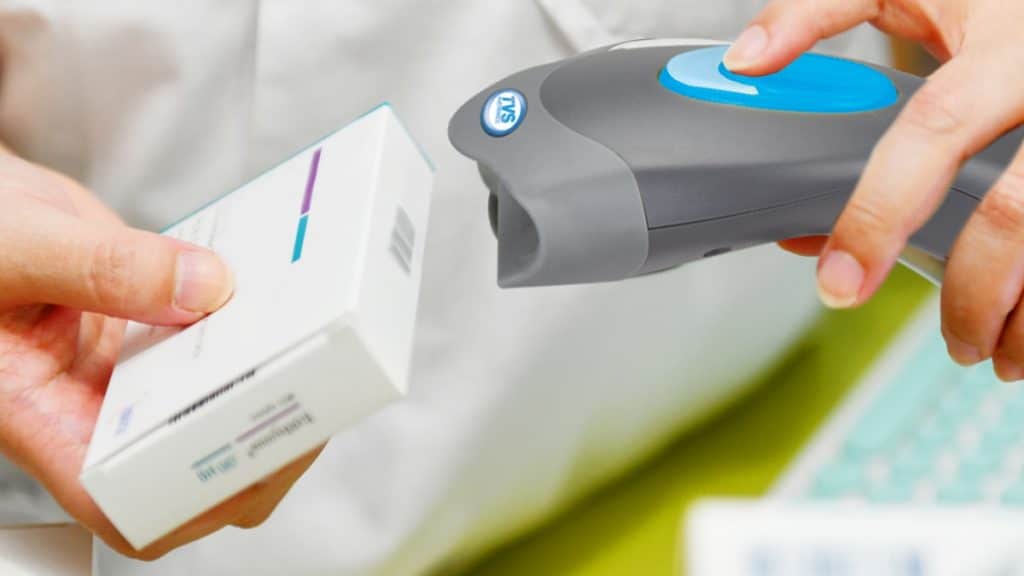Managing a large number of assets on a daily basis as a key decision-maker at a hospital may be a time-consuming and laborious task when it comes to inventory management. In addition, you have an increasing number of patients to monitor from the moment they arrive at your medical institution until they pick up their prescription at the pharmacy. So, how do you handle the growing number of issues related to inventory management, material monitoring, and patient validation? Having the appropriate technologies in your hospital will definitely have a significant impact.
Utilizing Barcode Scanners for Medication Management
With their critical role in improving patient care and optimizing inventory management procedures, barcode scanners have become an essential tool in the healthcare sector. The key component of this integration is barcode scanners’ enormous data processing and capture capacities, which dramatically lower mistake rates and boost operational effectiveness in healthcare institutions. Healthcare professionals may enhance the quality of care they give to patients by efficiently tracking and managing patient information, prescription administration, and inventory levels through the use of barcode scanning technology.
Enhancing Medication Management
Medication management is one of the main uses of barcode scanners in the medical field. Important details, including the medicine name, dose, expiration date, and lot number, are contained on barcode labels attached to pharmaceutical packaging. In order to lower the possibility of pharmaceutical mistakes, healthcare providers might employ barcode scanners to swiftly and precisely confirm drug data before giving it to patients. Furthermore, barcode scanning technology makes it easier to create electronic drug administration records, or eMAR. This allows medical professionals to digitally document the administration of medications, track patient reactions, and guarantee adherence to treatment plans.
Improving Inventory Management
Moreover, barcode scanners are essential for healthcare institutions’ inventory management. Healthcare providers can precisely track medical supplies, equipment, and assets’ movement, usage, and replenishment requirements by labeling each one with a unique barcode. Better inventory control is made possible as a result, reducing resource waste and instances of stockouts and overstocks. Barcode scanning technology also makes it possible to implement automated inventory replenishment systems, which guarantee uninterrupted patient care by automatically replenishing necessary goods in response to low-stock alarms.
Enhancing Patient Identification and Safety
Barcode scanners also make it easier to identify and monitor patients effectively across the healthcare continuum. Healthcare professionals may precisely confirm patient identity, access medical information, and associate patients with certain treatments and procedures by using patient wristbands and identification cards with barcode labels. By lowering the possibility of mistakes brought on by misidentification or inaccurate patient information, this improves patient safety. Additionally, barcode scanning technology facilitates easy connection with electronic health record (EHR) systems, granting access to patient data in a variety of healthcare settings and enabling real-time changes.
The Efficiency
In effect, barcode scanners help healthcare institutions save money and run more efficiently, in addition to enhancing patient care and inventory control. Barcode scanning technology minimizes manual mistakes, administrative workloads, and duplicate workflows by automating data collection and processing operations. As a result, productivity and resource utilization are increased, and healthcare workers are able to concentrate more on providing direct patient care and clinical tasks. All things considered, the quality, safety, and effectiveness of healthcare delivery have advanced significantly with the incorporation of barcode scanners into patient care and inventory management procedures.
